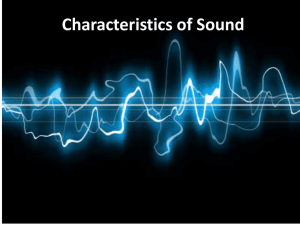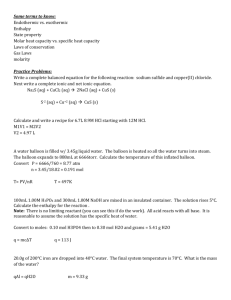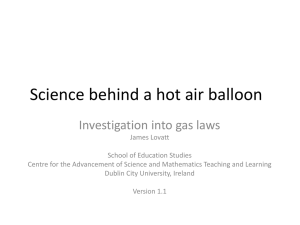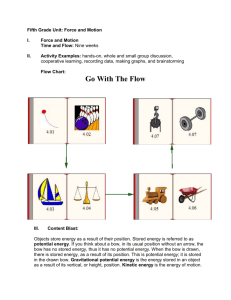What forces help the balloon move? Testing variables.
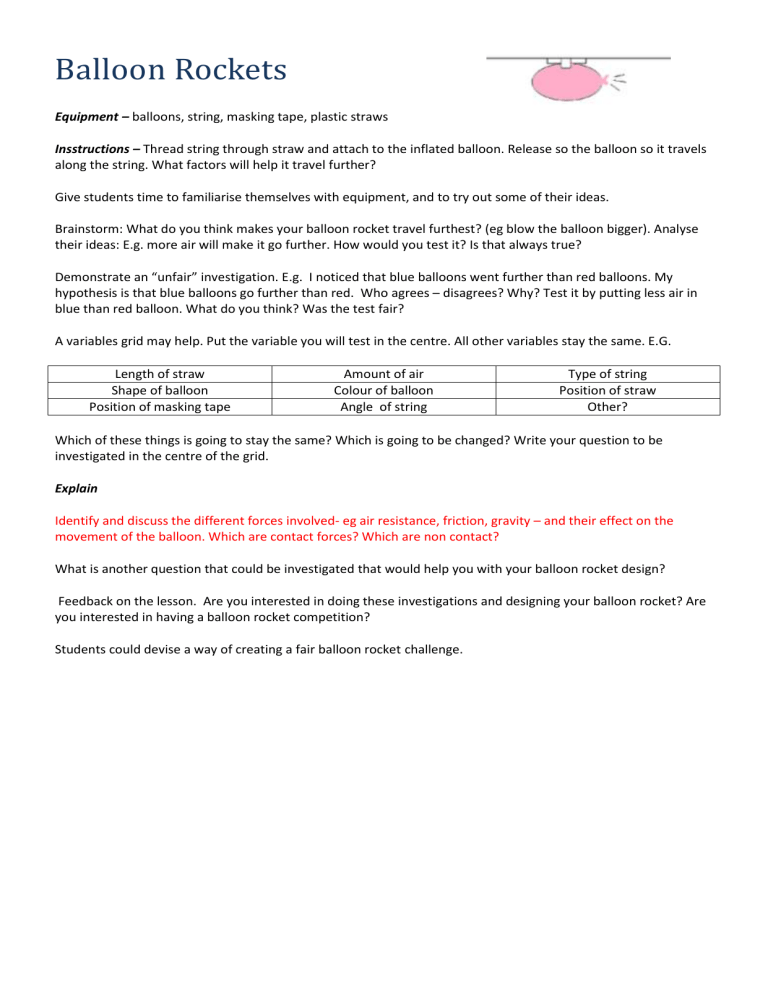
Balloon Rockets
Equipment – balloons, string, masking tape, plastic straws
Insstructions – Thread string through straw and attach to the inflated balloon. Release so the balloon so it travels along the string. What factors will help it travel further?
Give students time to familiarise themselves with equipment, and to try out some of their ideas.
Brainstorm: What do you think makes your balloon rocket travel furthest? (eg blow the balloon bigger). Analyse their ideas: E.g. more air will make it go further. How would you test it? Is that always true?
Demonstrate an “unfair” investigation. E.g. I noticed that blue balloons went further than red balloons. My hypothesis is that blue balloons go further than red. Who agrees – disagrees? Why? Test it by putting less air in blue than red balloon. What do you think? Was the test fair?
A variables grid may help. Put the variable you will test in the centre. All other variables stay the same. E.G.
Length of straw
Shape of balloon
Position of masking tape
Amount of air
Colour of balloon
Angle of string
Type of string
Position of straw
Other?
Which of these things is going to stay the same? Which is going to be changed? Write your question to be investigated in the centre of the grid.
Explain
Identify and discuss the different forces involved- eg air resistance, friction, gravity – and their effect on the movement of the balloon. Which are contact forces? Which are non contact?
What is another question that could be investigated that would help you with your balloon rocket design?
Feedback on the lesson. Are you interested in doing these investigations and designing your balloon rocket? Are you interested in having a balloon rocket competition?
Students could devise a way of creating a fair balloon rocket challenge.






